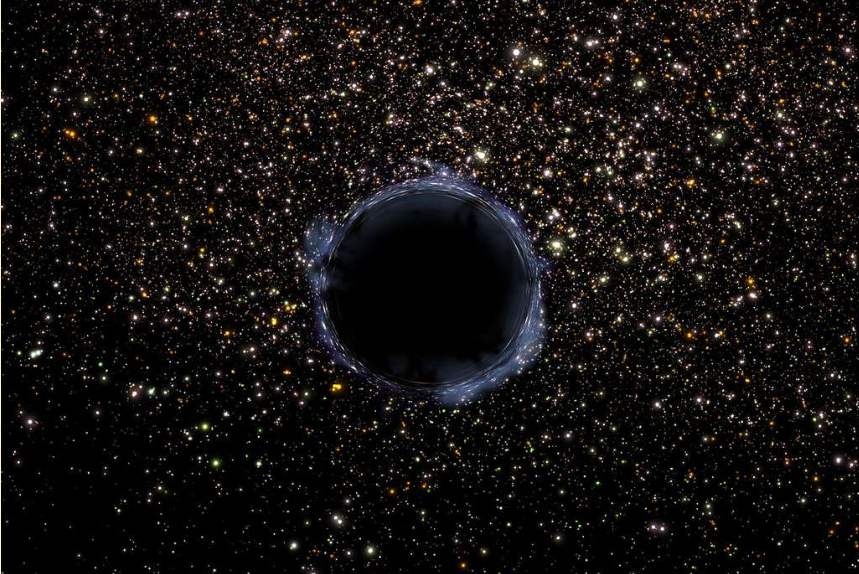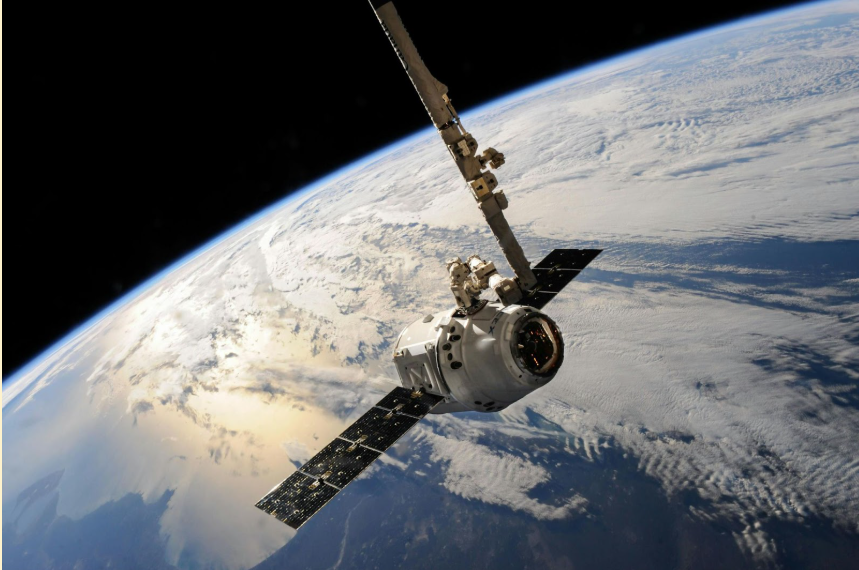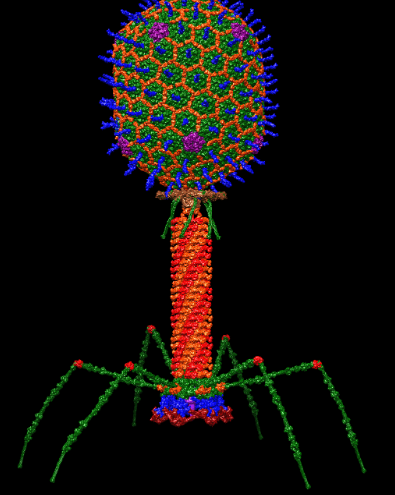If you saw the sky turn brilliant colors in the middle of the night on May 10 or11, then you likely witnessed the marvel of the Northern Lights. Typically only visible in northern regions of the world like Iceland and Alaska, the northern lights graced us,here in Middleton just a few weeks ago.
The northern lights, scientifically known as the Aurora Borealis, are caused by the Sun. When a mass coronal eruption, also known as a solar storm, reaches our magnetic field, the particles it releases interact with our magnetic field, resulting in the greens, blues and purples lighting up our sky. Atmospheric oxygen reflects green and red light, whereas atmospheric nitrogen reflects blue and purple light. Other planets also have auroras, with Jupiter having the most because of it’s strong magnetic field. Jupiter’s auroras are mostly red, white and blue.
May 2024 was a particularly stormy month for our Sun. The National Oceanic and Atmospheric Administration issued a warning of a severe geomagnetic storm that made auroras visible as far south as Alabama and North Carolina. That historical cosmic event was what turned our sky brilliant colors during May 10 and11.
At the beginning of May, a barrage of solar flares and coronal mass eruptions launched a large amount of particles into Earth’s magnetic field, creating “the strongest solar storm to reach Earth in two decades — and possibly one of the strongest displays of auroras on record in the past 500 years,” said to Teresa Nieves Chinchilla, acting director of NASA’s Space Weather Analysis office, when interviewed in a NASA article about this recent solar storm. “We’ll be studying this event for years.”
The first signs of the solar storm started late on May 7, with two strong solar flares. From May 7 to the 11, multiple strong solar flares and at least seven coronal magnetic eruptions were launched at Earth’s atmosphere. Eight of the flares in this period were classified under NASA’s most dangerous rank, known as X-class. Traveling at speeds up to 3 million miles per hour, the coronal magnetic eruptions bunched up in waves that reached Earth starting May 10, creating a long-lasting geomagnetic storm which achieved a rating of G5 — the highest level on the geomagnetic storm scale, and one that hasn’t been seen since 2003.
“The CMEs all arrived largely at once, and the conditions were just right to create a really historic storm,” said Elizabeth MacDonald, a citizen’s science lead at NASA’s heliophysics department in a NASA interview.
By one measure of geomagnetic storm strength, called the disturbance storm time index (DSTI), this storm was similar to historic storms in 1958 and 2003. And, with reports of auroras visible to as low as Africa and the Indian Ocean, this recent storm may compete with some of the lowest-latitude aurora sightings on record over the past five centuries, though scientists are still assessing this ranking.
Massive solar storms such as this one can cause temporary problems like the disruption of power systems, but they can also create far bigger problems than blackouts. Rapidly fluctuating geomagnetic fields can create currents in pipelines, causing a variety of problems for engineers, such as dramatically increased pipeline corrosion. Such corrosion requires expensive repairs, or can lead to permanent damage. attempt to balance the current during a geomagnetic storm, corrosion rates may worsen.
Intense solar storms also affect humans, on a larger societal scale, increased rates of violence, crime, and social unrest have been correlated with disturbances caused by solar storms. Onn a brighter note, it is also associated with the periods of flourishment with spurts of innovation and creativity in architecture, arts and sciences. Several studies have shown that geomagnetic storms influence a wide range of human health outcomes with the nervous and cardiovascular systems being most affected, although the effects are not fully known.
The magnificent lights that we all watched were the product of billions of chemical reactions in our magnetic field. We all witnessed one of the biggest solar storms in history that painted our skies beautiful colors. The effects of such an intense solar storm on humans and our environment are not fully understood, but they can be both positive and negative. We encountered a historic cosmic marvel, and it certainly made for beautiful pictures.









